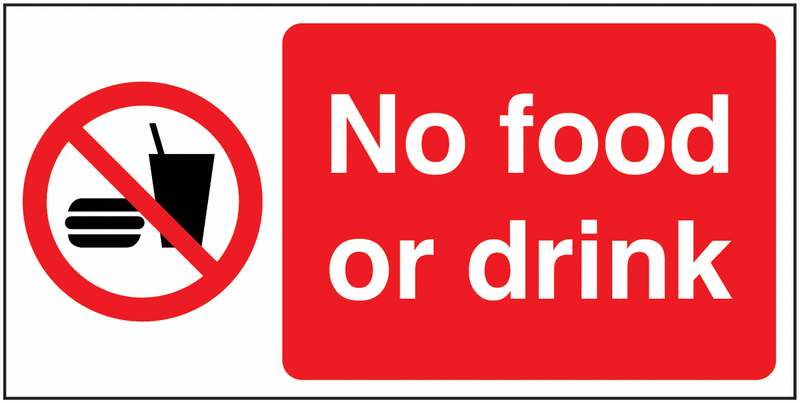
III. The End of Food
Praying for cornfields in the tundra.
Climates differ and plants vary, but the basic rule for staple cereal crops grown at optimal temperature is that for every degree of warming, yields decline by 10 percent. Some estimates run as high as 15 or even 17 percent. Which means that if the planet is five degrees warmer at the end of the century, we may have as many as 50 percent more people to feed and 50 percent less grain to give them. And proteins are worse: It takes 16 calories of grain to produce just a single calorie of hamburger meat, butchered from a cow that spent its life polluting the climate with methane farts.
Pollyannaish plant physiologists will point out that the cereal-crop math applies only to those regions already at peak growing temperature, and they are right — theoretically, a warmer climate will make it easier to grow corn in Greenland. But as the pathbreaking work by Rosamond Naylor and David Battisti has shown, the tropics are already too hot to efficiently grow grain, and those places where grain is produced today are already at optimal growing temperature — which means even a small warming will push them down the slope of declining productivity. And you can’t easily move croplands north a few hundred miles, because yields in places like remote Canada and Russia are limited by the quality of soil there; it takes many centuries for the planet to produce optimally fertile dirt.
Drought might be an even bigger problem than heat, with some of the world’s most arable land turning quickly to desert. Precipitation is notoriously hard to model, yet predictions for later this century are basically unanimous: unprecedented droughts nearly everywhere food is today produced. By 2080, without dramatic reductions in emissions, southern Europe will be in permanent extreme drought, much worse than the American dust bowl ever was. The same will be true in Iraq and Syria and much of the rest of the Middle East; some of the most densely populated parts of Australia, Africa, and South America; and the breadbasket regions of China. None of these places, which today supply much of the world’s food, will be reliable sources of any. As for the original dust bowl: The droughts in the American plains and Southwest would not just be worse than in the 1930s, a 2015 NASA study predicted, but worse than any droughts in a thousand years — and that includes those that struck between 1100 and 1300, which “dried up all the rivers East of the Sierra Nevada mountains” and may have been responsible for the death of the Anasazi civilization.
Remember, we do not live in a world without hunger as it is. Far from it: Most estimates put the number of undernourished at 800 million globally. In case you haven’t heard, this spring has already brought an unprecedented quadruple famine to Africa and the Middle East; the U.N. has warned that separate starvation events in Somalia, South Sudan, Nigeria, and Yemen could kill 20 million this year alone.